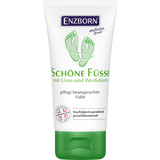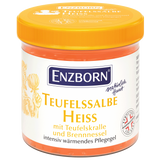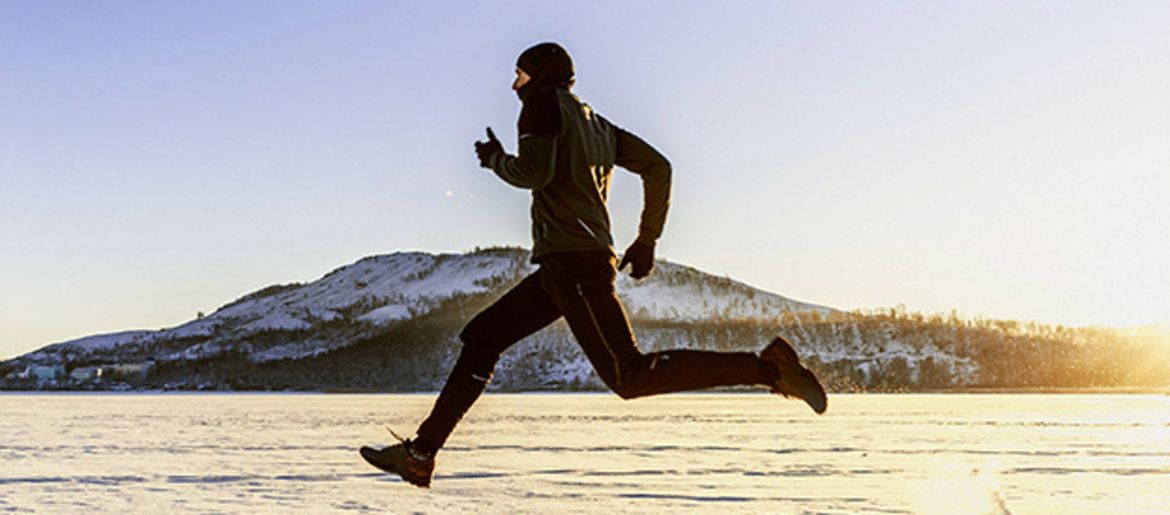Tips for Winter Workouts
Active people naturally want to stay fit in the winter - here are a few tips for winter workouts!
Adjust for the cold
Endurance sports are perfect for chilly days. The lungs prefer slow, shallow, even breaths when our bodies adjust to exertion, especially when it is cold out. Hiking, jogging, Nordic walking and cross-country skiing are great outdoor sports. Cycling can also be enjoyed during the winter, but watch out for icy and for windchill. Keep in mind that -10 degrees can quickly feel like - 30 degrees when cycling!
Stay hydrated
In winter, humidity tends to be much lower than in summer and we tend to feel less thirsty when it is cold out. Just make sure to have a drink before and after working out.
Warm up well
When it's cold, our muscles are more prone to injury, so warming up is extra important. Also keep in mind that your body loses heat during the winter, so don't overdue the length your workouts. Short, sweet and frequent workouts help avoid hypothermia.
Dress for success
Moisture-wicking fabrics keep your body from cooling down, so make sure that the fabric you're wearing keeps you warm and dry. Wearing layers and avoiding cotton is key! Cotton absorbs water, so when you sweat you stay wet. Blended synthetics are much better at wicking away sweat. Your outermost layer should break the wind and stay breathable.
Finding the right balance to your layers is a learning process. If you feel a little cold when you start out, you'll warm up quickly while you're active. The body loses around 40% of its heat through the head, so ear warmers or a hat are a must for cold temperatures.
If you work out in broad daylight, sunglasses can keep your eyes protected from the glare that bounces off snow. A pair of gloves can also go a long way toward making you feel comfortable.
Stay safe in the dark!
Reflectors and a headlamp are definitely worth investing in when it gets dark early. It's not just important to stay visible to cars, but also to cyclists or other runners when you're out and about.
Breathe
To keep your lungs and airways happy, breathe in through your nose and out through your mouth. Air that passes through the nose is warmed up, putting less stress on the lungs.
When to reconsider
If the temperatures drop below -10 degrees, you should think twice about whether you really want to work out outdoors. If you actually decide to do it, wrap a cloth or something similar around your mouth and nose.
If the temperature falls below - 20 degrees, our lungs really suffer. At these temperatures it's better to workout indoors.
Latest reviews
-
 5.0 (1)
5.0 (1)ENZBORN Pretty Feet Cream, 75 ml
-6%- Cream-gel consistency
- With urea, hawthorn, jojoba oil & allantoin
- Absorbs quickly & does not stick
€ 5,51 € 5,89 (€ 73,47 / l)Delivery by April 17
-
 5.0 (4)
5.0 (4)ENZBORN Icy Devil's Salve, 200 ml
- Moisturizes
- Cooling & refreshing
- Can be used with insect bites
€ 8,09 (€ 40,45 / l)Delivery by April 17
-
 € 8,09 (€ 40,45 / l)
€ 8,09 (€ 40,45 / l)Delivery by April 17
-
 4.7 (3)
4.7 (3)NaturesPlus Collagen Peptides, 294 g
- 6 different types of collagen
- Sustainably obtained raw materials
- With an enzyme mixture
€ 38,99 (€ 132,62 / kg)Delivery by April 17

